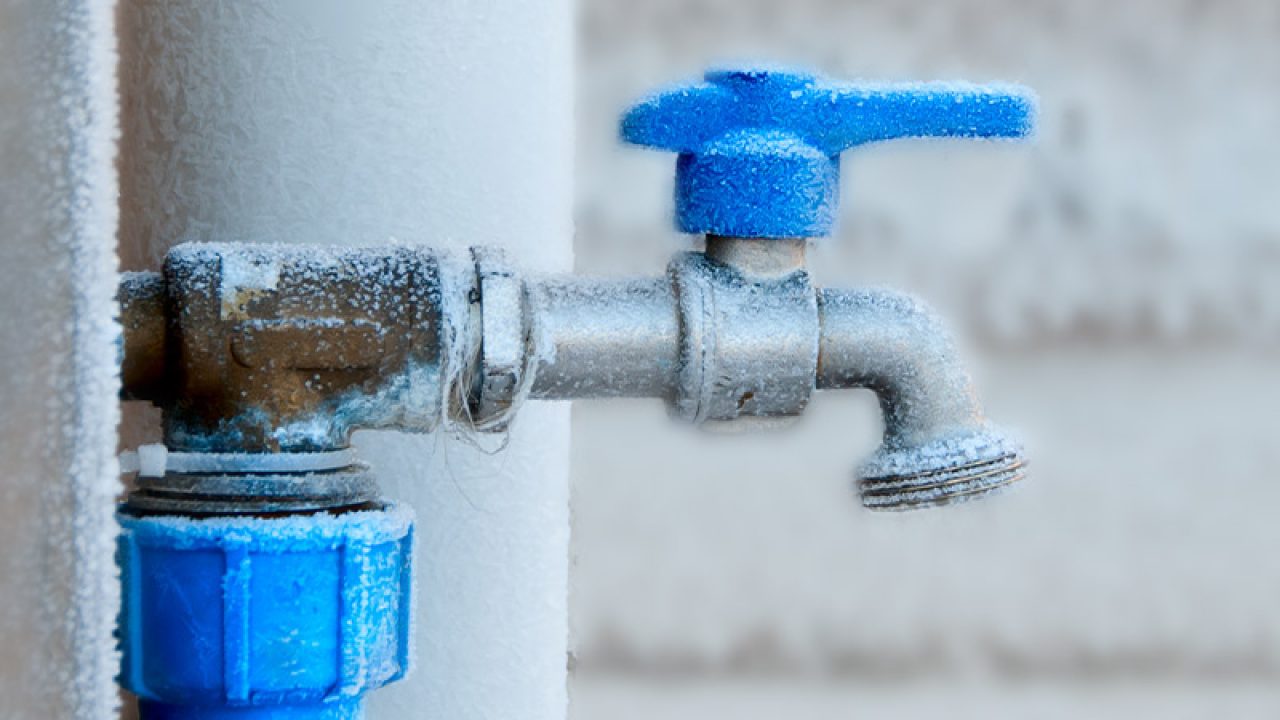How to Protect Pipes from Freezing Issues: Crucial Advice
How to Protect Pipes from Freezing Issues: Crucial Advice
Blog Article
The article author is making several good points on the subject of Helpful Tips to Prevent Frozen Pipes this Winter in general in this article followed below.

Cold weather can ruin your plumbing, specifically by freezing pipes. Below's how to prevent it from taking place and what to do if it does.
Intro
As temperatures decline, the threat of frozen pipelines rises, potentially bring about expensive repairs and water damage. Understanding exactly how to avoid frozen pipes is vital for property owners in chilly environments.
Avoidance Tips
Insulating susceptible pipes
Wrap pipes in insulation sleeves or use heat tape to protect them from freezing temperatures. Concentrate on pipelines in unheated or external locations of the home.
Home heating strategies
Maintain interior spaces sufficiently heated, especially locations with plumbing. Open closet doors to enable warm air to circulate around pipelines under sinks.
How to recognize frozen pipelines
Try to find lowered water flow from taps, uncommon odors or sounds from pipes, and noticeable frost on exposed pipes.
Long-Term Solutions
Architectural changes
Think about rerouting pipelines away from exterior walls or unheated locations. Include added insulation to attics, basements, and crawl spaces.
Updating insulation
Buy premium insulation for pipelines, attics, and walls. Correct insulation aids preserve regular temperatures and reduces the danger of frozen pipes.
Safeguarding Exterior Plumbing
Garden tubes and exterior taps
Separate and drain yard tubes prior to wintertime. Install frost-proof faucets or cover outdoor taps with shielded caps.
Recognizing Icy Pipes
What causes pipelines to freeze?
Pipes ice up when subjected to temperature levels listed below 32 ° F (0 ° C) for expanded periods. As water inside the pipelines ices up, it expands, taxing the pipe wall surfaces and possibly triggering them to burst.
Threats and damages
Icy pipes can bring about supply of water interruptions, property damages, and expensive fixings. Ruptured pipes can flood homes and create extensive structural damage.
Indicators of Frozen Water Lines
Recognizing frozen pipelines early can avoid them from rupturing.
What to Do If Your Pipes Freeze
Immediate activities to take
If you believe icy pipelines, maintain taps available to relieve stress as the ice thaws. Utilize a hairdryer or towels soaked in hot water to thaw pipes gradually.
Verdict
Protecting against icy pipelines calls for aggressive procedures and quick responses. By understanding the reasons, indicators, and safety nets, house owners can secure their pipes throughout cold weather.
5 Ways to Prevent Frozen Pipes
Drain Outdoor Faucets and Disconnect Hoses
First, close the shut-off valve that controls the flow of water in the pipe to your outdoor faucet. Then, head outside to disconnect and drain your hose and open the outdoor faucet to allow the water to completely drain out of the line. Turn off the faucet when done. Finally, head back to the shut-off valve and drain the remaining water inside the pipe into a bucket or container. Additionally, if you have a home irrigation system, you should consider hiring an expert to clear the system of water each year.
Insulate Pipes
One of the best and most cost-effective methods for preventing frozen water pipes is to wrap your pipes with insulation. This is especially important for areas in your home that aren’t exposed to heat, such as an attic. We suggest using foam sleeves, which can typically be found at your local hardware store.
Keep Heat Running at 65
Your pipes are located inside your walls, and the temperature there is much colder than the rest of the house. To prevent your pipes from freezing, The Insurance Information Institute suggests that you keep your home heated to at least 65 degrees, even when traveling. You may want to invest in smart devices that can keep an eye on the temperature in your home while you’re away.
Leave Water Dripping
Moving water — even a small trickle — can prevent ice from forming inside your pipes. When freezing temps are imminent, start a drip of water from all faucets that serve exposed pipes. Leaving a few faucets running will also help relieve pressure inside the pipes and help prevent a rupture if the water inside freezes.
Open Cupboard Doors
Warm your kitchen and bathroom pipes by opening cupboards and vanities. You should also leave your interior doors ajar to help warm air circulate evenly throughout your home.

I stumbled upon that write up on How to prepare your home plumbing for winter weather while doing research the web. Appreciated our content? Please quickly share it. Help others check it out. We recognize the value of your readership.
Go Services Report this page